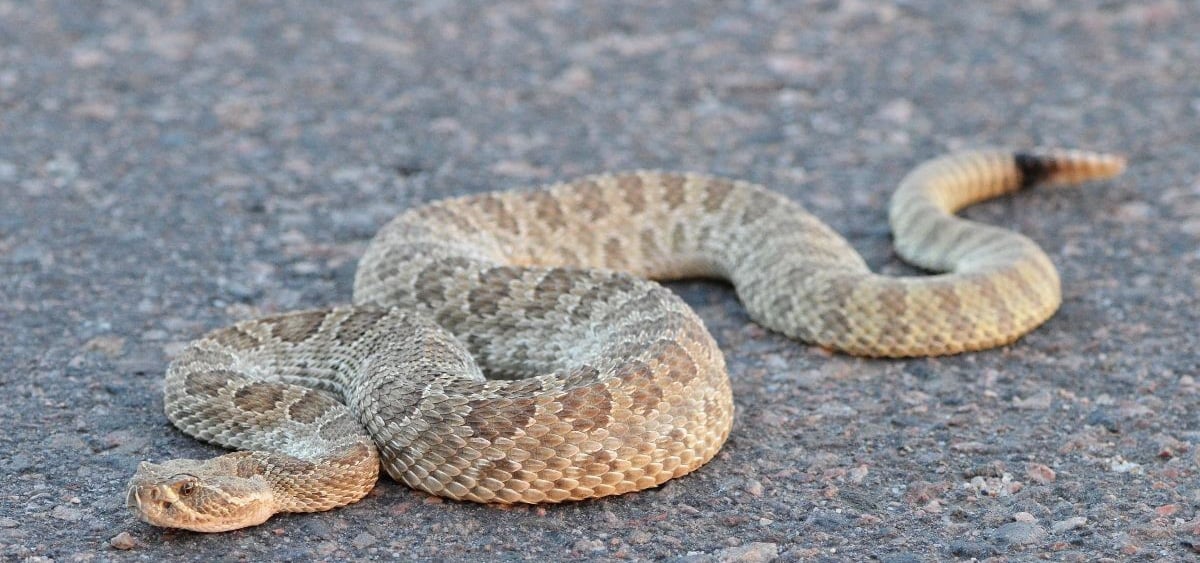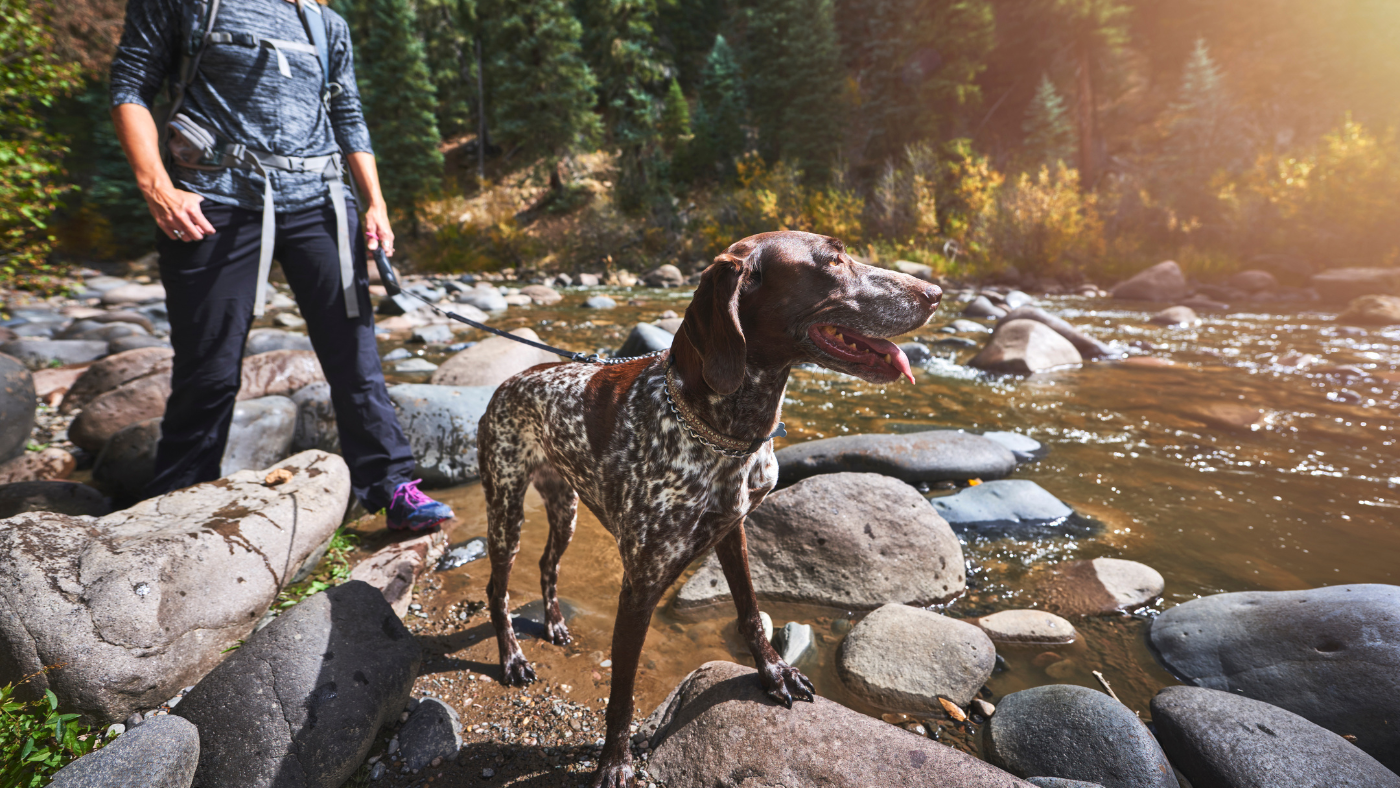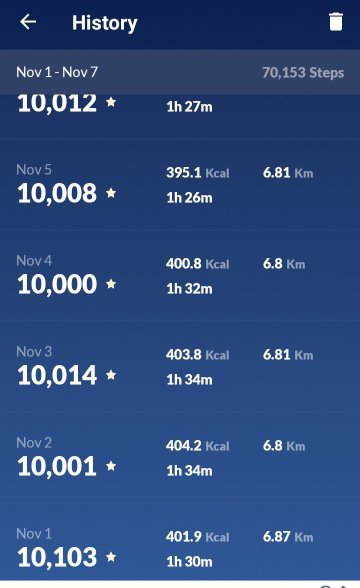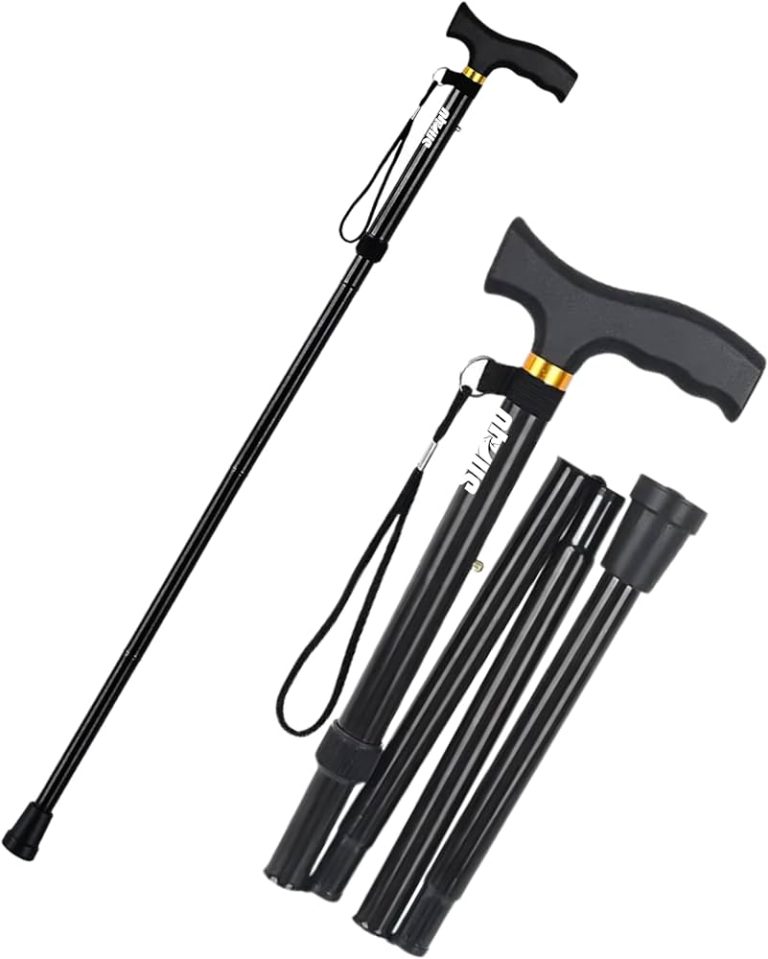What to Do If You Encounter a Rattlesnake While Hiking: Essential Safety Tips
If you encounter a rattlesnake while hiking, slowly back away and give it space. Do not provoke or startle it.
Encountering a rattlesnake while hiking can be a frightening experience. Knowing what to do in this situation can help you stay safe and prevent any unnecessary harm to yourself or the snake. Rattlesnakes are venomous reptiles found in various hiking areas, and their bite can be dangerous if not treated promptly.
By remaining calm and following some simple guidelines, you can effectively handle the situation and continue enjoying your hike. We will discuss the necessary steps to take if you encounter a rattlesnake while hiking, as well as provide some tips on preventing such encounters in the first place. With this knowledge, you can confidently navigate hiking trails and wilderness areas while minimizing the risk of snake encounters.

Credit: www.douglas.co.us
Identifying A Rattlesnake
Encountering a rattlesnake while hiking can be a frightening experience, but with the right knowledge, you can stay calm and take appropriate action. The first step is to quickly and accurately identify the snake you have encountered. Here are some key methods for identifying a rattlesnake:
Recognizing Physical Characteristics
Rattlesnakes have distinct physical characteristics that set them apart from other snakes. By looking out for these features, you will be able to confirm if the snake in front of you is a rattlesnake. Some common physical characteristics of rattlesnakes include:
- Triangular-shaped head: Rattlesnakes have a broad and triangular-shaped head compared to non-venomous snakes with a more narrow head.
- Pit organs: Look for a row of small pits located between the snake’s nostrils and eyes. These pits are heat-sensing organs unique to pit vipers, which include rattlesnakes.
- Vertical pupils: Rattlesnakes have pupils that appear as vertical slits, similar to a cat’s eye. This characteristic is distinguishable from round pupils seen in non-venomous snakes.
- Rattle at the end of the tail: Adult rattlesnakes have a distinctive tail rattle made of loosely connected segments. Be cautious as some young rattlesnakes may not have developed a rattle yet.
Listening For The Rattlesnake’s Sound
In addition to physical characteristics, the sound produced by a rattlesnake is a clear indicator of its presence. Although not all rattlesnakes make an audible rattle, those that do signal a warning when feeling threatened. Here’s what you need to know about listening for a rattlesnake’s sound:
- The signature rattle: When feeling threatened, a rattlesnake will shake its tail rapidly, producing a unique buzzing sound known as a rattle. This rattle serves as a warning to potential predators or perceived threats.
- Distinctive pitch: The sound of a rattlesnake’s rattle is distinct and can vary in pitch. It often sounds like a buzzing or a droning noise.
- Stay alert: Be mindful that the rattle may not always be easily heard, especially if you are in a noisy environment or the snake is far away. Therefore, it is crucial to keep your eyes peeled for any other rattlesnake characteristics.
By familiarizing yourself with these physical characteristics and listening for the rattling sound, you can confidently identify a rattlesnake during a hiking trip. Remember, staying calm and taking appropriate action is key when encountering any wildlife.

Credit: www.tartarshield.com
Maintaining Distance And Calm
Encountering a rattlesnake while hiking can be a nerve-wracking experience. However, maintaining the right distance and staying calm is crucial in such a situation. By understanding safe distance and avoiding sudden movements, you can ensure your safety and the snake’s well-being.
Understanding Safe Distance
When you come across a rattlesnake during your hike, it’s vital to maintain a safe distance to avoid provoking the snake. Keeping a distance of at least six feet enables you to observe the snake without putting yourself in harm’s way. If you’re in a group, ensure everyone maintains a safe distance from the rattlesnake.
Avoiding Sudden Movement
Sudden movements can startle the snake and may cause it to feel threatened and strike. It’s important to remain as still as possible and gently back away from the rattlesnake to increase the distance between you and the snake. While doing so, avoid making any sudden gestures that could agitate the snake.
Reacting To A Rattlesnake Encounter
If you encounter a rattlesnake while hiking, it’s important to remain calm and slowly back away without making sudden movements. Avoid provoking the snake and give it enough space to retreat on its own.
Backing Away Slowly
If you spot a rattlesnake, stay calm and slowly start backing away. Avoid sudden movements that could startle the snake.
Giving The Snake A Wide Berth
Make sure to give the rattlesnake plenty of space by moving around it in a wide arc.
:max_bytes(150000):strip_icc()/DSC_4184-0c24323e672d4210ac1a36e77865401c.jpg)
Credit: www.tripsavvy.com
Seeking Medical Attention
If you come across a rattlesnake while hiking, it’s crucial to seek medical attention immediately. Stay calm and keep the bite area still, and do not try to suck out the venom. Call for help and get to a hospital as soon as possible for proper treatment.
Knowing The Signs Of A Snakebite
If you suspect that you have been bitten by a rattlesnake while hiking, it is crucial to be aware of the signs of a snakebite. Knowing these signs can help you identify the severity of the situation and take appropriate actions. The symptoms of a snakebite can vary depending on various factors, including the location and depth of the bite, as well as the individual’s reaction to the venom. Common signs of a rattlesnake bite may include:- Puncture marks: Look for two small puncture marks on the skin at the site of the bite. These marks may be accompanied by swelling and redness.
- Pain and swelling: A snakebite can cause immediate pain and swelling around the bite area. The intensity of the pain and the extent of swelling may vary.
- Bleeding and bruising: Rattlesnake venom can affect blood clotting, leading to bleeding and bruising around the bite site.
- Nausea and vomiting: Some individuals may experience feelings of nausea and vomiting after being bitten by a rattlesnake.
Contacting Emergency Services
Once you have confirmed that you have encountered a rattlesnake and have possibly been bitten, it is crucial to seek medical attention immediately. Contacting emergency services is the first step towards receiving the necessary medical assistance. Keep in mind the following steps when contacting emergency services:- Stay calm: It’s understandable to feel scared or anxious, but it’s important to remain calm so that you can clearly communicate the situation.
- Provide your location: Clearly state your location, including any landmarks or specific hiking trail information that can help rescuers find you quickly.
- Describe the snake: If possible, give a brief description of the snake that bit you. Mention its color, size, and any unique markings.
- Explain your symptoms: Inform the emergency services about the signs and symptoms you are experiencing, emphasizing the possibility of a snakebite.
- Follow their instructions: Emergency services will provide you with essential instructions while they dispatch help. Follow their advice carefully.
Frequently Asked Questions Of What To Do If You Encounter A Rattlesnake While Hiking
What To Do If Bitten By Rattlesnake On Hike?
If bitten by a rattlesnake on a hike, stay calm and call for help immediately. Keep the affected limb immobilized and at heart level. Do not try to suck out the venom or apply tourniquets. Remove constricting clothing and jewelry.
Seek medical attention without delay.
What To Do If A Rattlesnake Sees You?
If a rattlesnake sees you, remain calm and slowly back away to a safe distance. Do not make sudden movements or provoke the snake. Notify others in the vicinity and seek help if needed.
Will A Rattlesnake Chase You If You Run?
Yes, a rattlesnake may chase you if you run, as it sees you as a threat. It’s best to stay calm and slowly back away to avoid provoking the snake. Running can trigger its predatory instinct.
What To Do If A Rattlesnake Is Chasing You?
If a rattlesnake is chasing you, remain calm, back away slowly, and avoid sudden movements. Do not run or provoke the snake. Keep a safe distance and call for professional help.
Conclusion
Encountering a rattlesnake while hiking can be a frightening experience. It’s crucial to remain calm, slowly back away, and give the snake plenty of space. Be mindful of your surroundings and take caution in snake-prone areas. Always respect wildlife and take necessary precautions to ensure a safe and enjoyable hiking experience.





